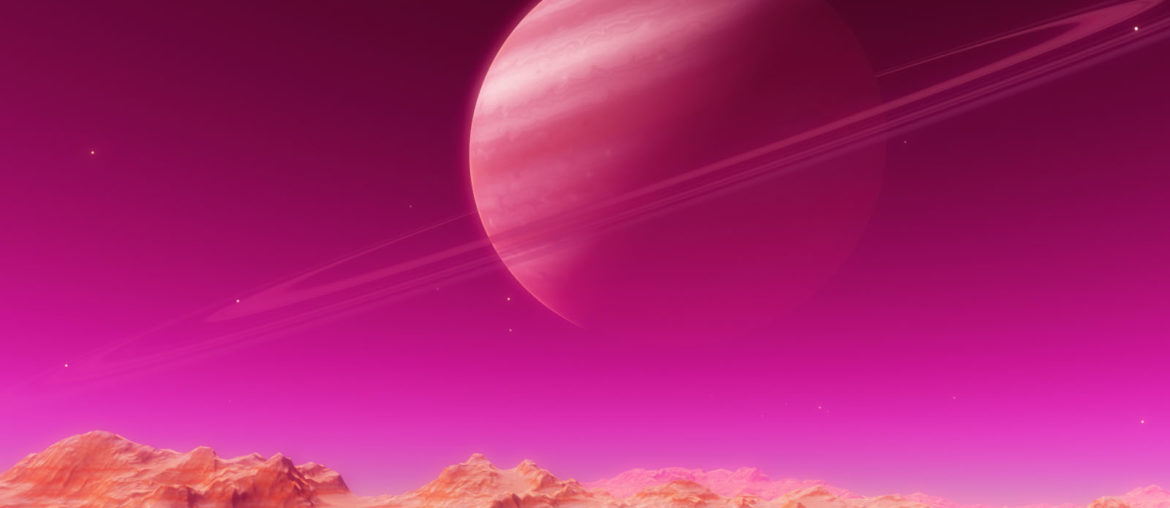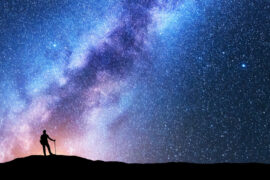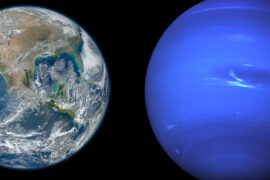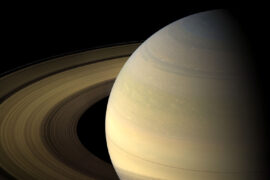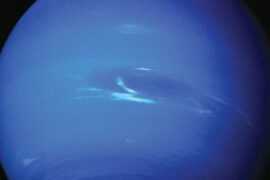There are many combinations of pretty colors in the universe. Some space objects like nebulas and galaxies come in all sorts of hues and tones that make them look like space candy. Because planets can have many gases and elements reacting with one another thanks to wind or other factors, they also can come in many colors
For many of us, our favorite color is pink. There’s just something about it that feels so energetic and heart-warming and full of life, so have you ever wondered if out there in all the vastness of space exists a pink planet?. The universe is so big that one would think the odds for it to occur are pretty good, however, getting the right combination of elements and the environment to create a pink color in nature seems pretty rare. Let’s get some answers.
Is there a pink planet?
I’m glad to tell you the answer is yes! there are pink planets out there in the universe. There’s more than one actually and one of them might be closer than you think.
Astronomers have found at least two pink colored planets which is a remarkable feat when you think about it. Figuring out the color of objects so far away in the depths of space is no easy task and requires a lot of powerful equipment and bright minds. Let’s take a look at each of the pink planets that have been found starting with the closest one to us.
2012 VP113 a.k.a “Biden”
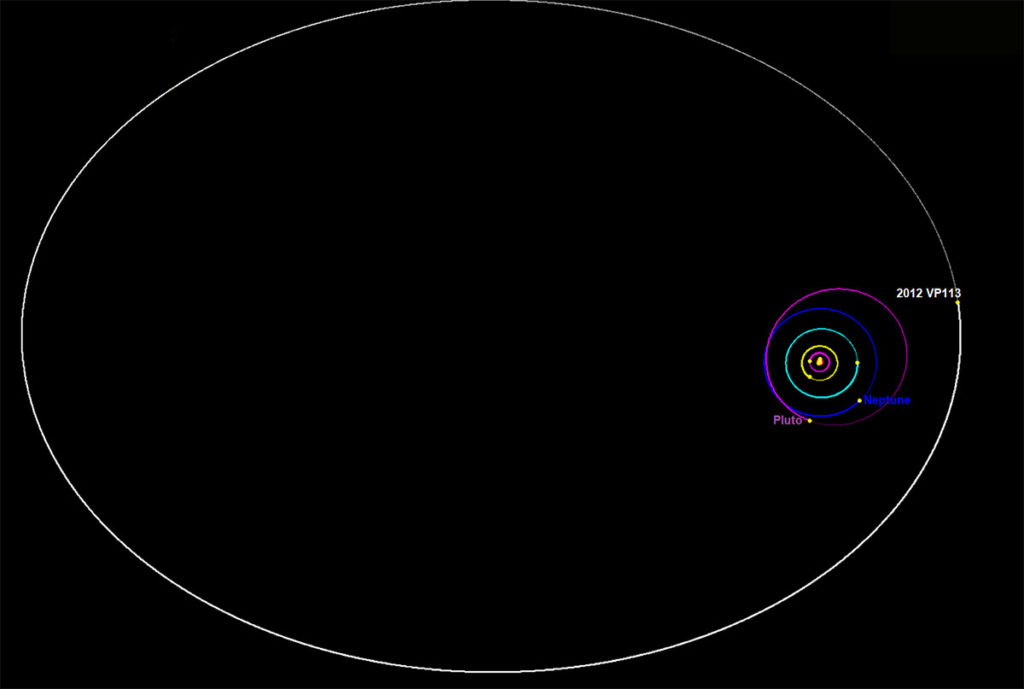
When I told you in the introduction the first pink planet is closer than you think, I really meant it. 2012 VP113 as it has been named is located in our own solar system!. Now, to be fair, it is only a dwarf planet candidate as it doesn’t meet all the requirements to be classified as a full-blown planet, but it counts.
As its name suggests, 2012 VP113 was only discovered a few years ago on November of 2012 by astronomers Scott Sheppard and Chad Trujillo in Chile. It is a trans-Neptunian object, which means its orbit is past that of Neptune. To be more precise, it is located beyond the Kuiper Belt, a group of millions of small objects very much like the asteroid belt, but in the outskirts of our solar system. At its perihelion (the point in its orbit when its closest to the Sun), it is about 80 AU (Astronomical Units) away from the Sun and at its farthest, it can reach 434 AU. Just to give you an idea of what that means, one AU, or Astronomical Unit is the distance from Earth to the Sun.
Astronomers believe it gets its pink coloration from the effects of radiation on the frozen water, methane, and carbon dioxide it has on its surface.
Even though it was found very recently, we now know a lot about 2012 VP113. It has a diameter of about 600 km (370 miles), an absolute magnitude (brightness) of 4.5 and it takes it over 1.5 million days to make just one trip around Sun. That would be a long wait for Christmas!.
The object is currently classified as a dwarf planet candidate as astronomers are still studying it. If it gets the dwarf planet designation that would put it in the same category as Pluto.
The “VP” in 2012 VP113 is a scientific designation chosen sequentially when new objects are discovered, but since those are the same initials used for vice president, the astronomers who discovered it decided it would be funny to nickname it “Biden” after Joe Biden, the vice president of the U.S. at the time of the discovery. Don’t worry though, if 2012 VP113 is officially classified as a Dwarf Planet, it will probably get a more mythological proper name.
Gliese 504 b
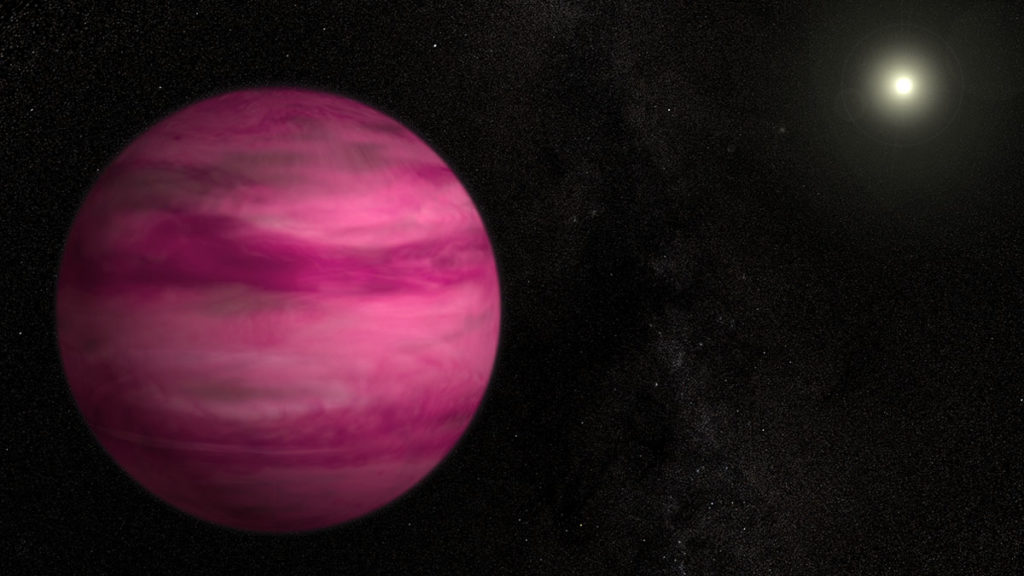
In 2013 the Subaru Telescope in Hawaii managed to get an image of the planet with the lowest mass that had been able to be detected and directly imaged at the time. What was their surprise when they found out it was a big ball of pink!.
Gliese 504 b, or GJ 504b for short, is a Jovian planet (a giant planet, usually made out of gas) located about 57 light years away from us that was found orbiting a star very similar to our Sun in the Virgo constellation.
It is really hard to get exact data on planets at such a long distance, but we do know both GJ 504b and its star are very young at only about 160 million years old. Scientist say keeping an eye on this system is basically like watching our own Solar System at an early age.
The planet is not only peculiar because of its color, but because it has astronomers puzzled as to how its creation was possible. If GJ 504b was in our Solar System, it would be located beyond Neptune, however, our current theory on how planets are created makes the odds for that to happen very unlikely as gas giants are not usually formed that far away from their stars. See our own gas giant (Jupiter) for example, it is a very similarly sized planet that is located much closer to the Sun.
One thing is for sure. GJ 504b will definitely help us understand more about the creation of planets.
How can planets be pink?
The question is a bit complicated as we don’t know enough about the composition of 2012 VP113 or GJ 504b so we can only make educated guesses. The most likely scenario for a planet to achieve a pink or magenta coloration is having the right combination of gases interacting with ultraviolet radiation coming from its star. More specifically, we know hydrogen tends to scatter pink/red light when it interacts with certain types of radiation, so it is likely these planets might contain high amounts of it either as gas or water.
What other pink objects are out there in space

Nebulae!. There are actually a lot of pink nebulae out there.
A nebula is an area in space that contains gigantic clouds and dust of certain elements. Most commonly hydrogen and helium. When these clouds interact with light they tend to create really amazing combinations of colors, making them some of the most beautiful sights in space.
A specific type of nebulae called Emission Nebulae contain high amounts of Hydrogen. When this Hydrogen is ionized by ultraviolet radiation from neighboring stars it gives the cloud various tones of red or pink.
Some of the most famous nebulae that contain levels of pink are:
- Horsehead Nebula
- Crab Nebula
- Carina Nebula
- Heart Nebula

